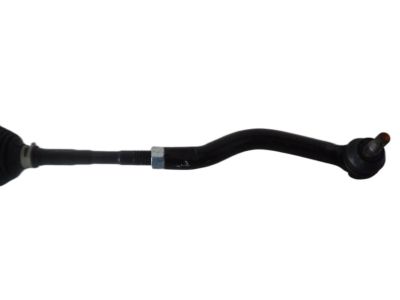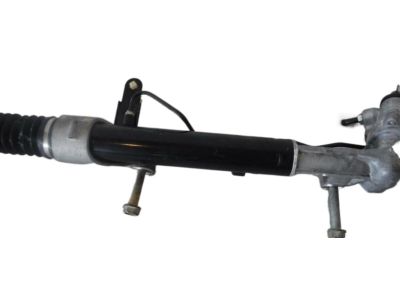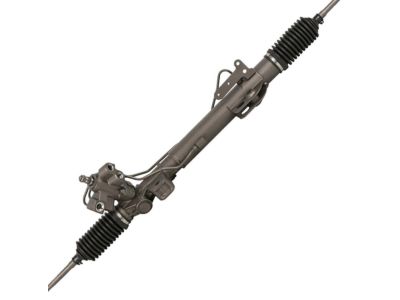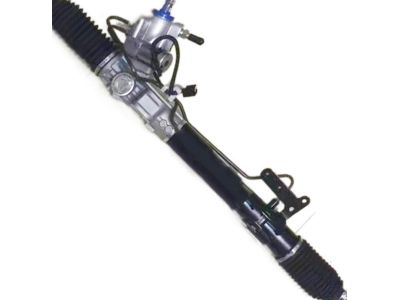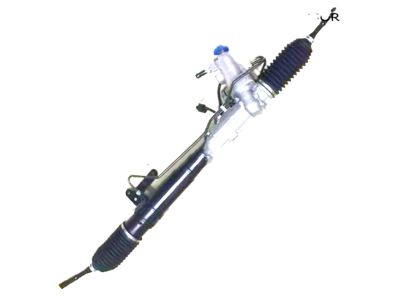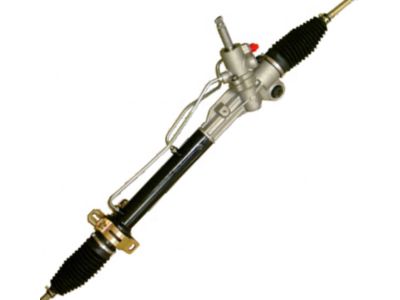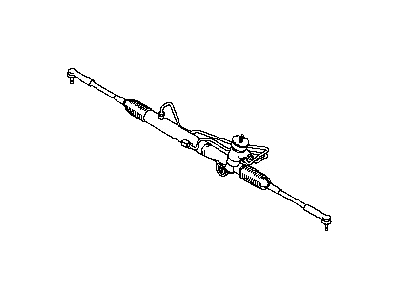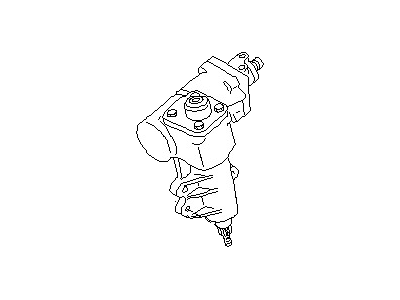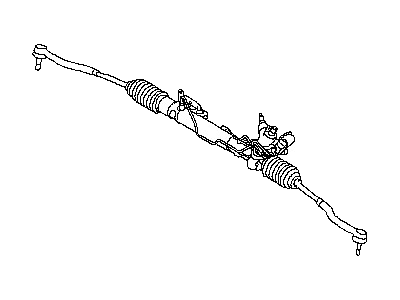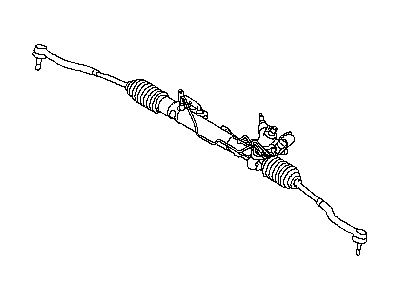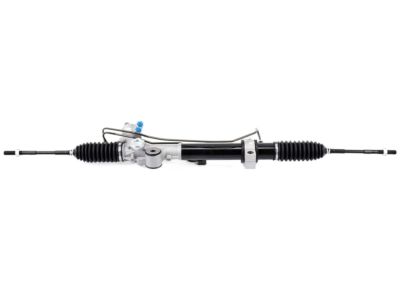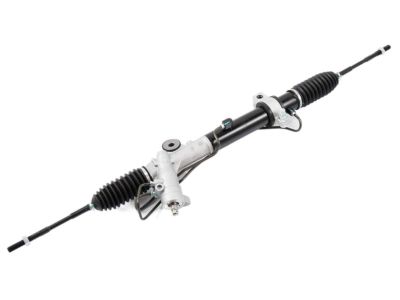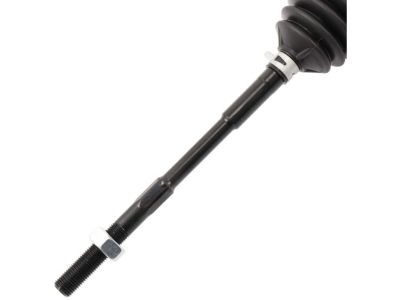×
- Hello
- Login or Register
- Quick Links
- Live Chat
- Track Order
- Parts Availability
- RMA
- Help Center
- Contact Us
- Shop for
- Nissan Parts
- Nissan Accessories

My Garage
My Account
Cart
Genuine Nissan Murano Rack And Pinion
Steering Rack And Pinion- Select Vehicle by Model
- Select Vehicle by VIN
Select Vehicle by Model
orMake
Model
Year
Select Vehicle by VIN
For the most accurate results, select vehicle by your VIN (Vehicle Identification Number).
34 Rack And Pinions found

Nissan Murano Gear & Linkage Assy-Power Steering
Part Number: 49001-5AA0A$961.91 MSRP: $1475.45You Save: $513.54 (35%)Ships in 1-3 Business Days
Nissan Murano Gear & Linkage-Power Steering
Part Number: 49001-1AA0A$1146.60 MSRP: $1508.16You Save: $361.56 (24%)Ships in 1-3 Business Days
Nissan Murano Gear & Linkage
Part Number: 49001-1UM0A$1146.60 MSRP: $1508.16You Save: $361.56 (24%)Ships in 1-3 Business Days
Nissan Murano Gear & Linkage-Power Steering
Part Number: 49001-CB810$1078.84 MSRP: $1393.82You Save: $314.98 (23%)Ships in 1-2 Business DaysNissan Murano Gear Assembly - Power Steering
Part Number: 49200-1AA1A$1949.88 MSRP: $2360.63You Save: $410.75 (18%)Ships in 1-3 Business DaysNissan Murano Gear & Linkage-Power Steering
Part Number: 49001-1AA1A$1169.47 MSRP: $1538.33You Save: $368.86 (24%)Ships in 1-3 Business DaysNissan Murano Gear & Linkage
Part Number: 49001-1UM1A$1169.47 MSRP: $1538.33You Save: $368.86 (24%)Ships in 1-3 Business DaysNissan Murano Gear Assembly - Power Steering
Part Number: 49200-1UM0A$2830.53 MSRP: $3341.83You Save: $511.30 (16%)Ships in 1-2 Business DaysNissan Murano Gear Assembly - Power Steering
Part Number: 49200-1UM1A$2598.02 MSRP: $3067.33You Save: $469.31 (16%)Ships in 1-2 Business DaysNissan Murano Gear Assembly - Power Steering
Part Number: 49200-1AA0A$2760.35 MSRP: $3341.83You Save: $581.48 (18%)Ships in 1-3 Business DaysNissan Murano Rack Assy-Power Steering
Part Number: 49271-1AA0A$437.58 MSRP: $618.05You Save: $180.47 (30%)Ships in 1-3 Business DaysNissan Murano Gear Assembly - Power Steering
Part Number: 49200-1AD0A$1855.93 MSRP: $2246.89You Save: $390.96 (18%)Ships in 1-3 Business DaysNissan Murano Gear Assembly - Power Steering
Part Number: 49200-1UM1B$2595.63 MSRP: $3142.41You Save: $546.78 (18%)Ships in 1-3 Business Days
| Page 1 of 2 |Next >
1-20 of 34 Results
Nissan Murano Rack And Pinion
If you need any OEM Nissan Murano Rack And Pinion, feel free to choose them out of our huge selection of genuine Nissan Murano Rack And Pinion. All our parts are offered at unbeatable prices and are supported by the manufacturer's warranty. In addition, we offer quick shipping to have your parts delivered to your door step in a matter of days.
Nissan Murano Rack And Pinion Parts Questions & Experts Answers
- Q: How do you remove and install the steering gear on Nissan Murano?A:In order to expose the rack and pinion, turn the front wheel lug nuts, jack up the front of the vehicle and put it on jackstands; the steering wheel should be pointed straight ahead. You should employ a seat belt or a rope to fasten the wheel and apply the parking brake, and also remove the wheels and the covers located in the wheel arches. Subsequently, disengage the tie-rod ends from the steering knuckle arms. Locate a drain pan beneath the rack and pinion and then remove the connecting lines of the fluid being CAUTION; plug the ends. Take off the tubing support bracket, and detach the rack and pinion wiring harness. Identify the position of the steering shaft in relation to the rack and pinion, remove the pinch bolt from the lower end of the steering shaft and then pull out the shaft from the casing ensuring that the steering wheel is in straight ahead position. Loosen the nuts of the stabilizer bar followed by loosening of rack and pinion mounting which help in towing the rack and pinion from the left wheel well. Regarding installation, it is recommended that the rack and pinion must be already in the middle before proceeding to reversing all the mentioned procedures. The bolts should then be fitted and securely tightened to the torque standardized, the tie-rod ends fitting onto the steering knuckle arms and the steering column pinch bolt fitted, torqued to the right value. Bolt the power steering pressure and return hoses to the rack and pinion, then fill the power steering pump reservoir with the recommended fluid. Last, but not the least, secure the wheels and the lug nuts in their proper place, lower the car and again and tighten the lug nuts to advised torque, bleed the steering system and finally, it is recommended that the wheel alignment should be done by either the dealer service department or a reputed alignment shop should be hired for this job.
Related Nissan Murano Parts
Browse by Year
2024 Rack And Pinion 2023 Rack And Pinion 2022 Rack And Pinion 2021 Rack And Pinion 2020 Rack And Pinion 2019 Rack And Pinion 2018 Rack And Pinion 2017 Rack And Pinion 2016 Rack And Pinion 2015 Rack And Pinion 2014 Rack And Pinion 2013 Rack And Pinion 2012 Rack And Pinion 2011 Rack And Pinion 2010 Rack And Pinion 2009 Rack And Pinion 2008 Rack And Pinion 2007 Rack And Pinion 2006 Rack And Pinion 2005 Rack And Pinion 2004 Rack And Pinion 2003 Rack And Pinion

